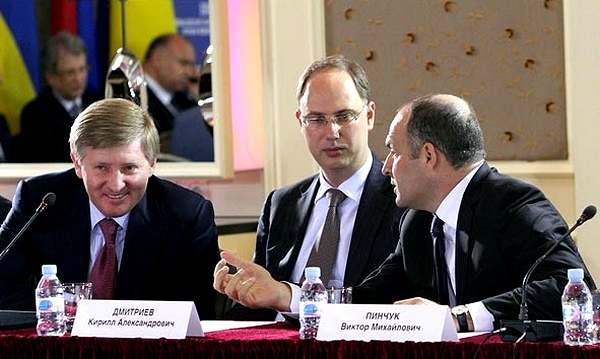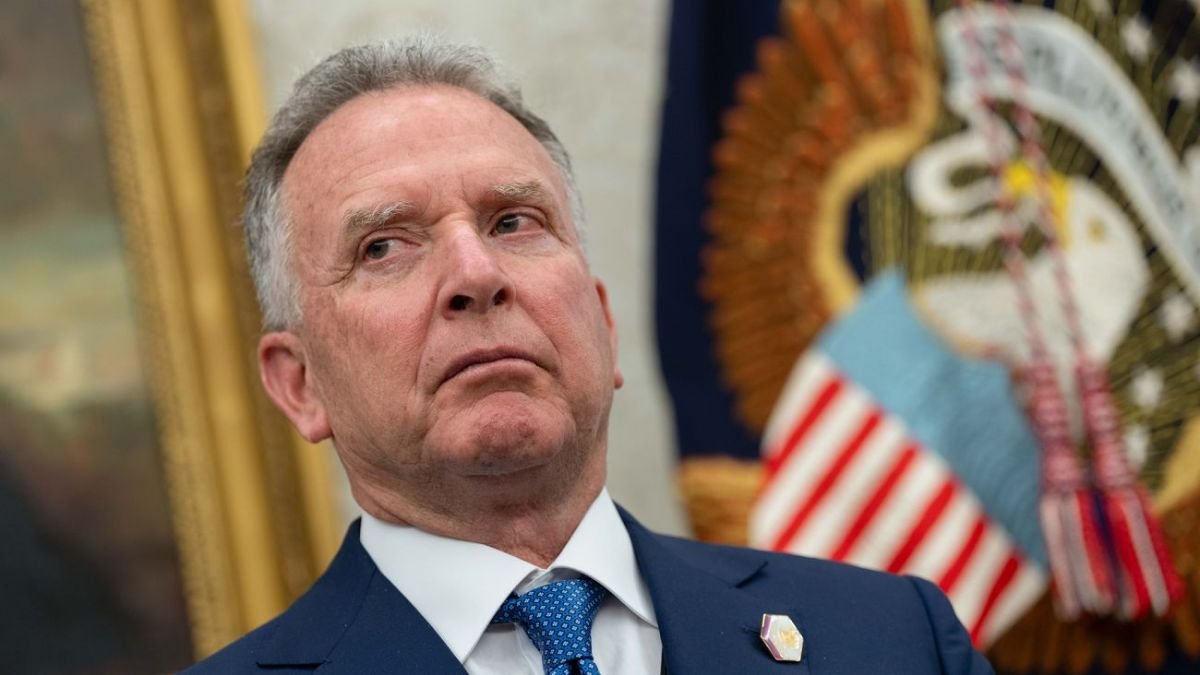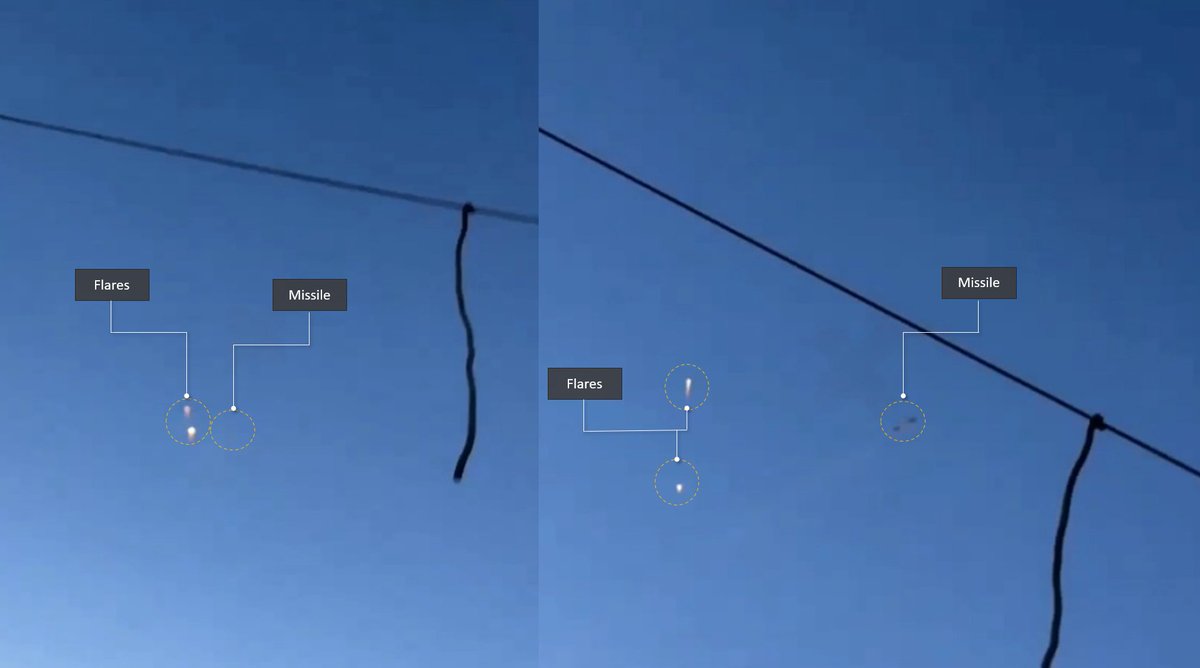A few thoughts on the situation in Kursk 🧵:
1/ I still think this could be a serious mistake given the situation in the Donbas. However, the situation can quickly change, proving me wrong. The stakes are very high, and there is significant potential here. The outcome is unclear
1/ I still think this could be a serious mistake given the situation in the Donbas. However, the situation can quickly change, proving me wrong. The stakes are very high, and there is significant potential here. The outcome is unclear
2/ Russian troops on the border, including FSB border troops and conscripts, were enough to stop small incursions but clearly not enough to stop the advance of the combined force that Ukraine assembled for this assault.
3/ The large number of POWs is a big humanitarian win for Ukraine. This is a good chance to exchange Ukrainian prisoners and a huge win for the families of Ukrainian soldiers who have been waiting for their loved ones for over a year. Incredible job by the Ukrainian Forces.
4/ When it comes to response forces, Russia is likely to use its internal reserves located in Kursk, Moscow, Belgorod, Voronezh, and Rostov oblasts. We might also see units from the "North" grouping. The absence of a swift reaction shows that they were not informed or assembled
5/ So far, there is no evidence of Russian forces slowing down their offensive operations in Donetsk Oblast, nor is there evidence that Russia is moving any reserves or units from the "Center" grouping of forces. This can change, but not at the moment, hence my skepticism.
6/ It's hard to gauge the moral blow to Russian society. Social media posts and influencers show they are unpleasantly shocked and clearly upset. However, it's uncertain how long this will last, as they quickly moved on from the losses of Kherson and the retreat from Kyiv Oblast
7/ Russia failed to identify this assault, showing a significant improvement in Ukrainian counterintelligence measures. Despite advanced ISR capabilities, Russian forces failed to interpret the concentration of Ukrainian forces as an offensive maneuver.
8/ I currently have serious reservations about the logistical capabilities needed to sustain deep advancements into Russian territory, as well as the ability to continuously support these forces with AD and EW. However, I will refrain from drawing conclusions at this moment.
9/ Maintaining such intensity of assault and advancement would require a continuous infusion of resources, where Ukraine has constraints. As a result, we might see an eventual slowdown, potentially leading to a pullback or an effort to seize and fortify current positions.
10/ The lack of timely assembled reaction forces on the RU side gives AFU crucial time to organize their defense. As time goes on, it might become more difficult for Russia to retake territories, similar to how Ukrainian forces are still struggling to regain control in Kharkiv
11/ Overall, it's unlikely that we are nearing the end of the operation, so these conclusions are early and preliminary. My hope is for a total victory by the AFU forces, allowing me to write a follow-up apology thread acknowledging how wrong my initial assessment was.
• • •
Missing some Tweet in this thread? You can try to
force a refresh














